-
 bitcoin
bitcoin $111145.080499 USD
0.75% -
 ethereum
ethereum $3928.989005 USD
1.66% -
 tether
tether $1.000226 USD
-0.02% -
 bnb
bnb $1108.209329 USD
-2.26% -
 xrp
xrp $2.545944 USD
6.36% -
 solana
solana $193.960655 USD
0.72% -
 usd-coin
usd-coin $1.000128 USD
0.02% -
 dogecoin
dogecoin $0.199304 USD
2.23% -
 tron
tron $0.297908 USD
-4.88% -
 cardano
cardano $0.656962 USD
2.13% -
 hyperliquid
hyperliquid $39.225782 USD
-1.92% -
 chainlink
chainlink $17.897108 USD
2.99% -
 ethena-usde
ethena-usde $0.999354 USD
-0.02% -
 stellar
stellar $0.321154 USD
3.36% -
 bitcoin-cash
bitcoin-cash $505.299839 USD
5.10%
What happens if two miners find a block at the same time?
When two miners solve a block simultaneously, a temporary fork occurs until the network converges on the longest chain, orphaning the other block.
Oct 20, 2025 at 07:55 am
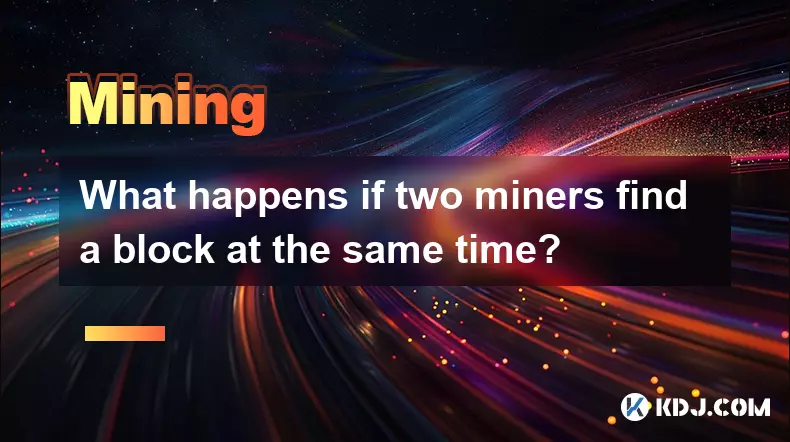
Understanding Simultaneous Block Discovery
1. When two miners solve the cryptographic puzzle and broadcast their blocks to the network at nearly the same time, a temporary fork occurs in the blockchain. This situation is not uncommon due to the decentralized nature of node propagation and network latency.
2. Each node in the network receives and validates both blocks independently. Depending on geographical location and connection speed, some nodes may receive one block before the other. As a result, part of the network begins building on top of one block while another segment extends from the competing block.
3. The protocol does not immediately resolve which block is valid. Instead, it relies on the next round of mining to determine the longest chain. Miners continue working on the block they received first, extending their respective chains.
4. Eventually, when a new block is found and added to one of the two branches, that branch becomes longer. According to Bitcoin’s consensus rules, the longest valid chain is accepted as the true version of history.
5. The block that ends up on the shorter, abandoned chain is referred to as an orphaned block or more accurately, a stale block. Transactions within it are returned to the mempool for inclusion in future blocks, assuming they haven’t already been included elsewhere.
The Role of Network Propagation
1. The speed at which a newly mined block propagates across the network plays a critical role in minimizing forks. Faster dissemination reduces the window during which competing blocks can emerge.
2. Mining pools and large nodes often use optimized relay networks like FIBRE (Fast Internet Bitcoin Relay Engine) to transmit blocks across continents in under a second, giving them a propagation advantage.
3. Delays caused by slower internet connections or inefficient routing increase the likelihood that another miner will produce a competing block before learning about the original one.
4. Even with advanced infrastructure, physical distance introduces unavoidable latency. A miner in Asia might mine a block just milliseconds after one is mined in North America, but neither knows about the other at the time of discovery.
5. Once the network converges on the longest chain, all participants switch to building atop it. This mechanism ensures eventual consistency without requiring central coordination.
Rewards and Incentives in Fork Scenarios
1. Only the miner whose block remains on the final, accepted chain receives the full block reward and transaction fees. The miner of the stale block loses these incentives despite having completed valid work.
2. This outcome reinforces the importance of being well-connected within the network topology. Miners with faster propagation capabilities are less likely to have their blocks orphaned, even if they don't control the most hash power.
3. Large mining pools mitigate this risk through internal coordination and proximity to major internet exchange points. They also benefit from economies of scale in bandwidth and server distribution.
4. Solo miners face higher risks of revenue loss due to stale blocks, especially if operating from regions with poor connectivity to core network hubs.
5. Some blockchain networks implement alternative consensus tweaks or reduced block intervals to minimize such conflicts, though each adjustment comes with trade-offs in security and decentralization.
Frequently Asked Questions
What is a stale block? A stale block is a valid block that was mined and broadcast but ultimately excluded from the main blockchain because another competing block was accepted into the longest chain. Its contents are typically reprocessed in subsequent blocks.
Do transactions in a stale block get lost? No, transactions included in a stale block are generally returned to the memory pool if they were not included in any other confirmed block. From there, miners can pick them up again for validation in future blocks.
How often do simultaneous block discoveries happen? Exact frequency varies by network conditions and block interval. On Bitcoin, stale blocks occur occasionally—estimated at less than 1% of total blocks—due to improvements in relay technology and mining centralization trends.
Can two blocks ever be permanently recorded on the blockchain? No, the blockchain's design enforces a single chronological history. While temporary forks exist briefly, consensus rules ensure only one chain persists. All nodes eventually converge on the same version of truth based on cumulative proof-of-work.
Disclaimer:info@kdj.com
The information provided is not trading advice. kdj.com does not assume any responsibility for any investments made based on the information provided in this article. Cryptocurrencies are highly volatile and it is highly recommended that you invest with caution after thorough research!
If you believe that the content used on this website infringes your copyright, please contact us immediately (info@kdj.com) and we will delete it promptly.
- Essex Post Office, 5p Coins, and King Charles: A Royal Mint Revelation!
- 2025-10-23 10:30:16
- Waymo's Newark Airport AV Tests: Alphabet's AI Gamble Pays Off?
- 2025-10-23 10:30:16
- King Charles 5p Coins: A Royal Flush in Your Pocket?
- 2025-10-23 10:35:18
- Solana, Crypto Advisory, and Forward Industries: A New York Minute on the Future of Finance
- 2025-10-23 08:51:22
- MAGACOIN: Ethereum Whales Dive into the Hottest Presale of 2025
- 2025-10-23 08:51:22
- Kadena's End of the Road? KDA Token Plummets Amid Project Abandonment
- 2025-10-23 08:55:34
Related knowledge
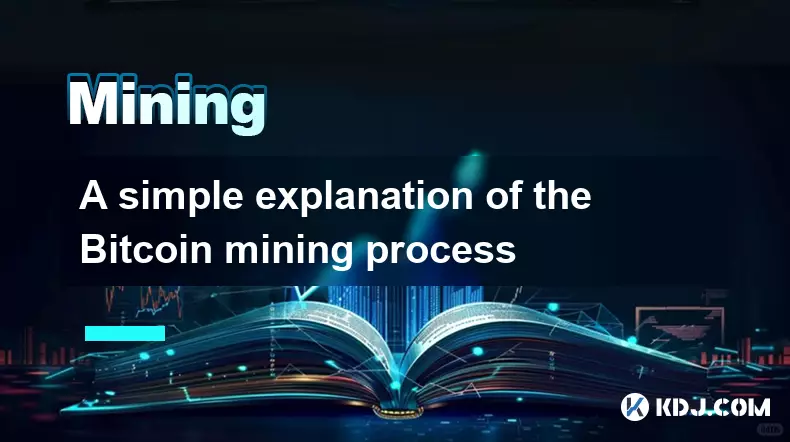
A simple explanation of the Bitcoin mining process
Oct 21,2025 at 05:54am
What Is Bitcoin Mining?1. Bitcoin mining is the process by which new bitcoins are introduced into circulation and transactions are verified on the blo...
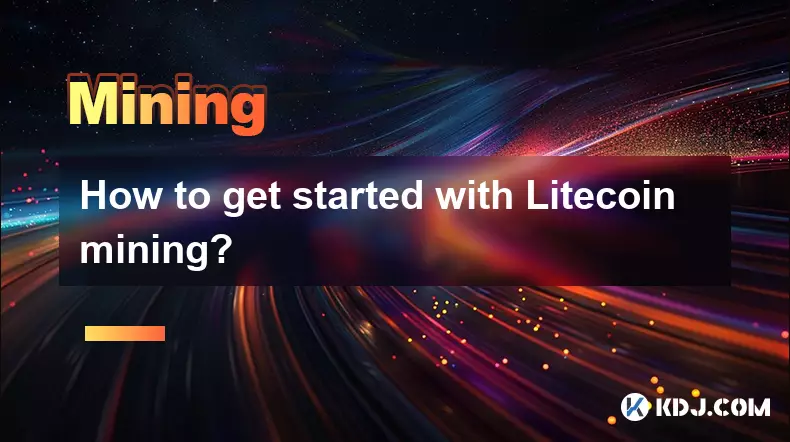
How to get started with Litecoin mining?
Oct 19,2025 at 07:01am
Understanding Litecoin Mining Basics1. Litecoin mining involves verifying transactions on the Litecoin blockchain using computational power. Miners so...
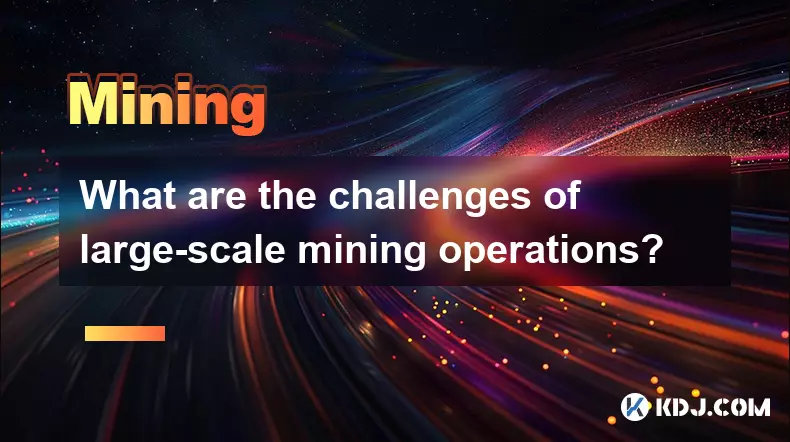
What are the challenges of large-scale mining operations?
Oct 18,2025 at 07:01pm
Energy Consumption and Power Management1. Large-scale mining operations require massive amounts of electricity to power thousands of ASICs or GPUs run...
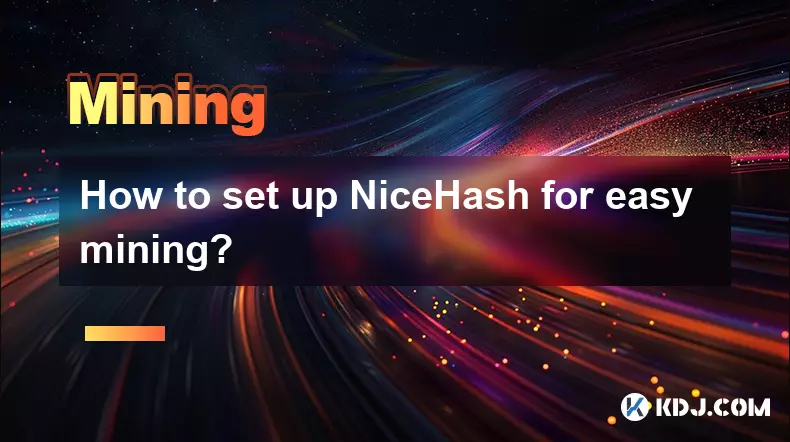
How to set up NiceHash for easy mining?
Oct 25,2025 at 06:26am
Getting Started with NiceHash1. Visit the official NiceHash website and download the latest version of the NiceHash Miner application compatible with ...
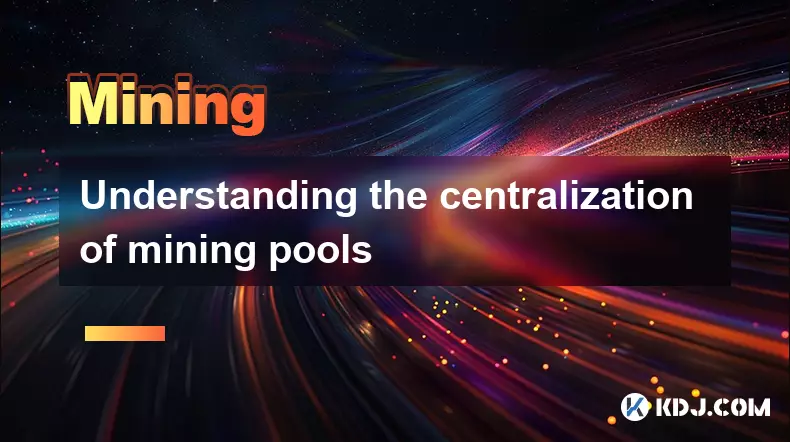
Understanding the centralization of mining pools
Oct 24,2025 at 05:19am
Power Distribution in Cryptocurrency Mining Networks1. The structure of mining pools plays a crucial role in determining how decentralized a blockchai...
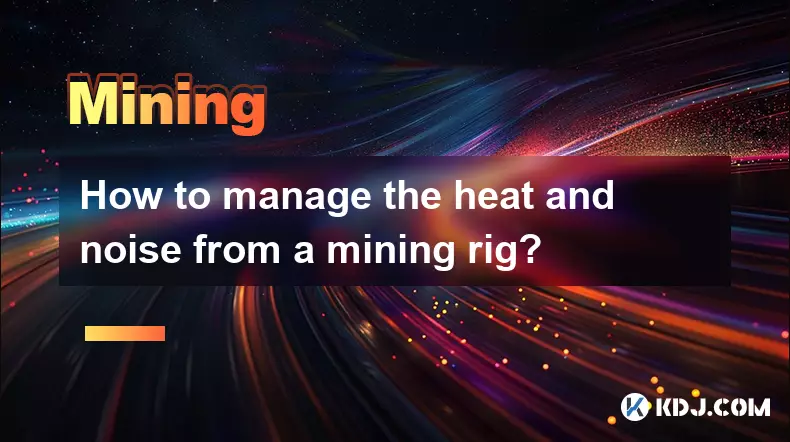
How to manage the heat and noise from a mining rig?
Oct 22,2025 at 05:36pm
Optimizing Ventilation for Mining Rigs1. Proper airflow is essential when running a mining rig continuously. Position the rig in a well-ventilated roo...

A simple explanation of the Bitcoin mining process
Oct 21,2025 at 05:54am
What Is Bitcoin Mining?1. Bitcoin mining is the process by which new bitcoins are introduced into circulation and transactions are verified on the blo...

How to get started with Litecoin mining?
Oct 19,2025 at 07:01am
Understanding Litecoin Mining Basics1. Litecoin mining involves verifying transactions on the Litecoin blockchain using computational power. Miners so...

What are the challenges of large-scale mining operations?
Oct 18,2025 at 07:01pm
Energy Consumption and Power Management1. Large-scale mining operations require massive amounts of electricity to power thousands of ASICs or GPUs run...

How to set up NiceHash for easy mining?
Oct 25,2025 at 06:26am
Getting Started with NiceHash1. Visit the official NiceHash website and download the latest version of the NiceHash Miner application compatible with ...

Understanding the centralization of mining pools
Oct 24,2025 at 05:19am
Power Distribution in Cryptocurrency Mining Networks1. The structure of mining pools plays a crucial role in determining how decentralized a blockchai...

How to manage the heat and noise from a mining rig?
Oct 22,2025 at 05:36pm
Optimizing Ventilation for Mining Rigs1. Proper airflow is essential when running a mining rig continuously. Position the rig in a well-ventilated roo...
See all articles










































































